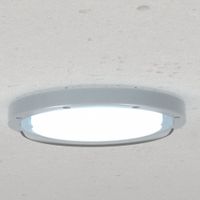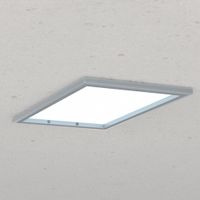- Home
- Lighting
- Lighting Fixtures Retrofit Kits
- Vandal Resistant Confinement Lighting
Vandal-Resistant & Confinement Lighting
Vandal-resistant and confinement fixtures resist impacts and tampering to illuminate schools, transit centers, storage facilities, public restrooms, and other high-abuse indoor spaces where standard fixtures could get damaged. They have a sturdy housing and a thick lens that withstands repeated blow .....Read More
Frequently Asked Questions
What are vandal-resistant and confinement fixtures?
How do vandal-resistant fixtures prevent tampering and damage?
Where are vandal-resistant fixtures commonly used?
What features make confinement lights suitable for correctional facilities?
How are recessed-mount fixtures different from flush-mount fixtures?
What is the purpose of corner-mount fixtures?
Are there specific fixtures designed for wet or humid locations like showers?



